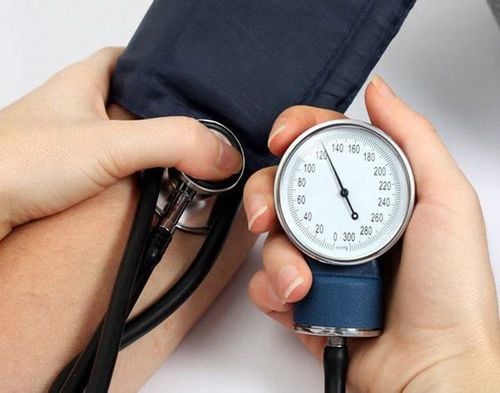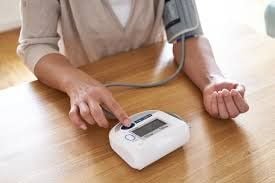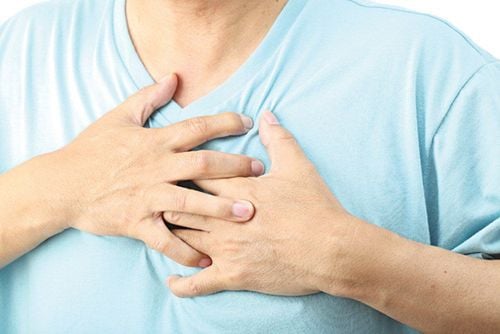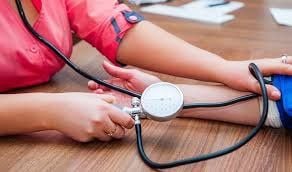This article is professionally consulted by MSc, MD Nguyen Thi Ngoc - General Internal Medicine - Endocrinology - Examination and Internal Medicine Department - Vinmec Central Park International General Hospital
Many people complain about unusual symptoms that appear after eating such as dizziness, fatigue, falling, and fainting. These are signs of postprandial hypotension, a common disorder, especially in the elderly, particularly women.
1. Why does blood pressure drop after eating?
The human body's digestion and absorption process is complex and influenced by the coordination of many organs other than the digestive system, such as the nervous system and circulatory system. After a full meal, the body will mobilize a larger amount of blood to the stomach and small intestine because they need more energy for absorption. In response to this, the heart will work harder by increasing the frequency of contractions, and the peripheral blood vessels will constrict to maintain normal blood pressure and ensure blood supply to essential organs, especially the brain. A defect in any step of this self-regulation process can lead to postprandial hypotension.
In some cases, the compensatory activity of the circulatory system is still insufficient to re-establish balance, so the blood flow to nourish the brain decreases, leading to symptoms of postprandial hypotension such as dizziness, lightheadedness, and fainting.
In other cases, patients with lesions related to the nervous system such as sequelae after stroke, head trauma, spinal cord injury affecting the peripheral nervous system or impaired function of the circulatory center are also at risk of postprandial hypotension.
Inefficient functioning of the blood pressure regulation center in the adrenal gland leads to inappropriate blood pressure adjustment to changes in the body.
The system of pressure receptors in the body in blood vessels, stomach, etc., no longer responds sensitively to changes in pressure, so it will reduce the transmission of signals to the nervous and circulatory systems. The mechanism of constriction of small peripheral blood vessels and increased heart rate to compensate after eating is not performed effectively, leading to postprandial hypotension. This mechanism is often seen in people with diabetes or impaired autonomic nervous system conduction in Parkinson's disease.
Other factors related to postprandial hypotension have been proven to be genetic factors, vascular damage due to reduced elasticity, or the condition of atherosclerotic blood vessels in the elderly.
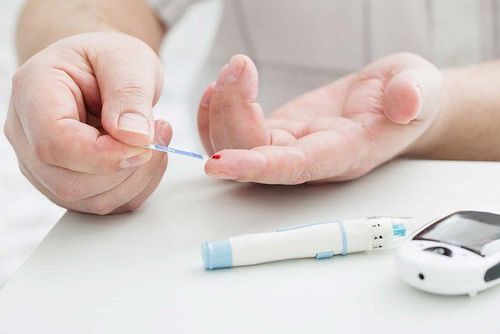
2. Symptoms of Postprandial Hypotension
The primary clinical symptoms of postprandial hypotension are dizziness, lightheadedness, or fatigue. Fainting can occur as a consequence of this condition.
Measuring blood pressure before and after meals can help diagnose postprandial hypotension. Typically, the systolic blood pressure (the higher number in a blood pressure reading) will fluctuate more significantly in individuals with this condition. If low blood pressure occurs unrelated to meals, the patient should seek medical attention to rule out other potential causes, such as heart valve disease, dehydration, thyroid disorders, anemia, vitamin B12 deficiency, or pregnancy.
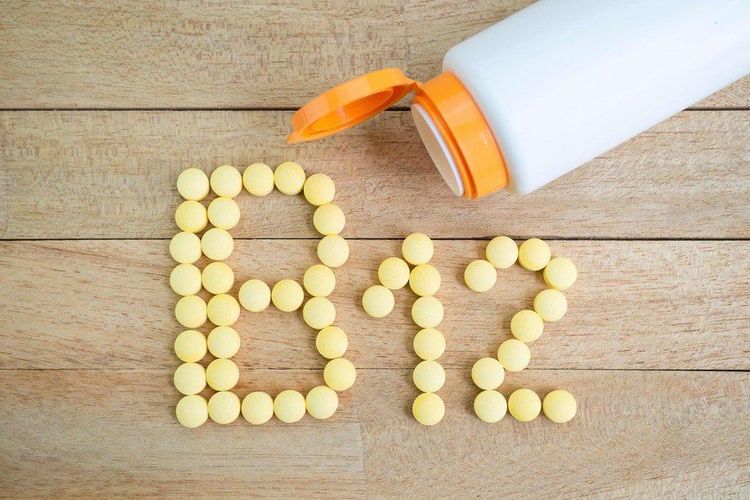
3. Diagnosis of Postprandial Hypotension
Before making a diagnosis, doctors will gather information about the patient's medical history and the characteristics of their clinical symptoms. Patients should monitor their blood pressure at home to provide necessary information to the doctor, paying attention to blood pressure readings after a full meal. Blood pressure should be measured completely, including both systolic and diastolic blood pressure, at various times after eating, starting from 15 minutes to 2 hours after a meal. Over 70% of cases of postprandial hypotension occur within 30 to 60 minutes after eating.
Postprandial hypotension can be suspected when the systolic blood pressure, the higher value, decreases by at least 20 mmHg within 2 hours after eating. Doctors will diagnose postprandial hypotension if the blood pressure before eating is at least 100 mmHg and within 2 hours after eating, the blood pressure reaches 90 mmHg.
Some paraclinical tests are indicated to rule out other causes of blood pressure changes, including:
- Complete blood count: To detect anemia.
- Blood glucose test: To assess blood sugar levels.
- Electrocardiogram: To detect heart rhythm disturbances.
- Echocardiography: To evaluate the structure and function of the heart.

4. Complications of Postprandial Hypotension
The most serious complication associated with postprandial hypotension is fainting and subsequent injuries. Patients may faint, fall, and suffer fractures, bruises, or other injuries. More dangerously, loss of consciousness while driving or operating machinery can lead to accidents. In severe cases, reduced blood supply to the brain can cause a stroke.
Generally, postprandial hypotension is usually a benign, temporary disorder. However, if blood pressure drops too low, patients may go into shock or organ failure.
5. Prevention of Postprandial Hypotension
Currently, there is no known method to completely cure postprandial hypotension. For this condition, patients are given more advice on prevention than treatment. Some measures that patients can take to prevent postprandial hypotension include:
Eating small, frequent meals: When eating a large meal at once, the stomach expands and has to work harder. This requires a larger amount of blood to be mobilized to meet the high energy demand, increasing the risk of hypotension. People with postprandial hypotension should eat several small meals throughout the day instead of three main meals like other people.
Drinking water before meals: Consuming about 200 to 300 milliliters of water before meals helps people feel full faster as the stomach expands more quickly. As a result, the amount of food entering the digestive system is reduced, and the absorption of nutrients after eating is gentler. The energy demand of the stomach and small intestine is less, reducing the likelihood of postprandial hypotension.
Avoid consuming large amounts of rice, bread, sugary drinks, or carbohydrate-rich foods. These foods are digested and absorbed quickly in the digestive system, so the energy demand is also higher, increasing the risk of postprandial hypotension.
Rest in a sitting or lying position after eating: The time when hypotension is most likely to occur is about 30 to 60 minutes after eating. Therefore, resting in a sitting or lying position during this time can help prevent hypotension.
Although there is currently no treatment to completely eliminate postprandial hypotension, it can be prevented with a few simple changes in diet and lifestyle.

Please dial HOTLINE for more information or register for an appointment HERE. Download MyVinmec app to make appointments faster and to manage your bookings easily.
Reference source: healthline.com
To arrange an appointment, please call HOTLINE or make your reservation directly HERE. You may also download the MyVinmec app to schedule appointments faster and manage your reservations more conveniently.
